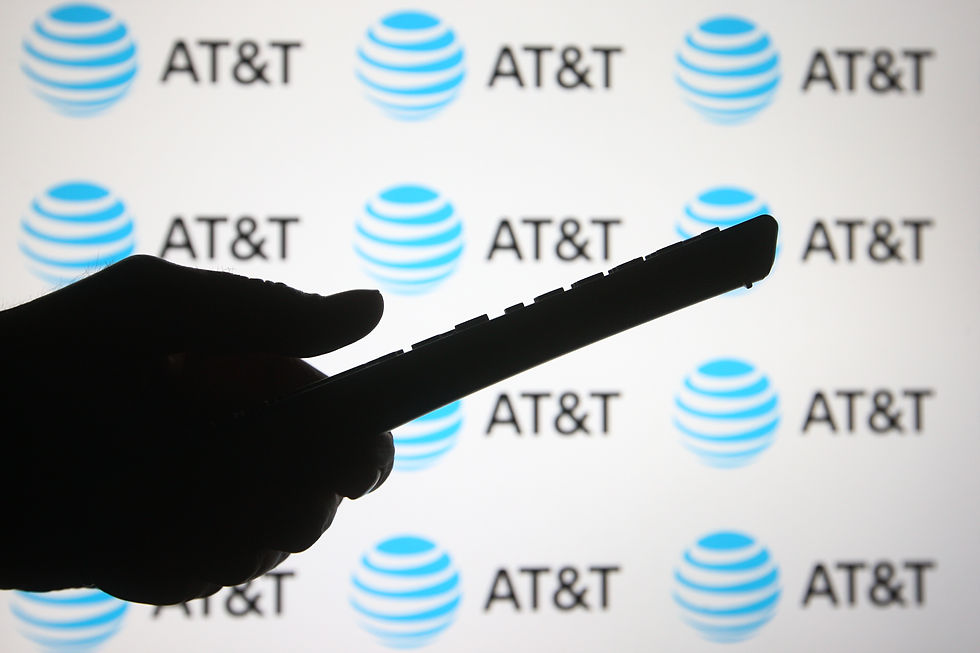The FCC’s Fresh Look at Bulk Billing Arrangements Between Multi-Tenant Building Operators and Service Providers – Regulatory Overreach or Necessary Review?
- Laura Phillips

- Mar 26, 2024
- 4 min read
There were already stormy seas many U.S. broadband providers were navigating during March with the complex ongoing wind down of the Affordable Connectivity Program (ACP), a subsidy program that applied a $30 per month discount to the cost of broadband services in approximately 23 million eligible households. However, on March 5, the FCC threw something new into the mix - the Chairwoman issued a Public Notice announcing that the FCC would shortly begin a new rulemaking proceeding designed to lower costs and address “choice” for broadband services available to households residing in apartments, condos, public housing, and other multi-tenant buildings or environments, also known as MTEs. It is estimated that nearly a third of the U.S. population lives in multi-family housing. The Public Notice states that the proposal would seek to eliminate “bulk billing” arrangements that impose the use of a specific broadband service provider on individual households as well as seek comment on other actions the FCC might take to lower costs and encourage greater choice of communications services for dwellers in MTEs.
This proposed rulemaking is meant to build on the FCC’s 2022 rules, rules that prohibited specific types of broadband providers (telecommunications carriers and multichannel video programming distributors or MVPDs) from entering into some forms of revenue sharing with building owners; required covered providers to inform tenants about the existence of any exclusive marketing arrangements with covered providers; and clarified that FCC rules regarding cable inside wiring prohibit sale-and-leaseback arrangements that might act to block competitive access to this wiring by alternative service providers.
This latest FCC initiative appears related to others announced by the Biden Administration to combat junk fees throughout consumer-business relationships and to support greater transparency in conveying the terms of service to consumers. In that regard, the FCC already has adopted mandatory Broadband Consumer Labels requirements. These entail having broadband service providers producing and maintaining something that looks like a broadband nutrition label so that consumers can more readily see the price and speeds and other qualities of broadband when they sign up for service. The proposal to reform or eliminate bulk billing in MTEs would represent a significant change in the economic relationships that exist today between building owners and broadband service providers, relationships that the FCC assumes cost consumers more and deny MTE dwellers the ability to select a service provider of their choice.
If the early FCC ex parte meetings on the yet to be seen draft Notice of Proposed Rulemaking are any indication, large building owners and their associations do not share the FCC Chair’s negative view of these arrangements. They assert that the FCC’s assumptions about bulk billing arrangements are flawed; and they question the fundamental premise that bulk billing arrangements are anti-consumer and assert that the arrangements enable significant service cost savings for MTE dwellers. The cable association similarly has made the pitch to the FCC that any item it adopts should be neutral on the issue of bulk billing, and seek instead to develop a record as to whether there are public benefits to bulk billing arrangements that might be extinguished by new regulation. One aspect that NCTA highlights in favor of these arrangements include that they enable low-income consumers to access these services more cheaply than without them, most often without credit checks or other potential barriers to access.
An interesting question will be whether the Notice of Proposed Rulemaking addresses the question of drawing in non-telecom, non-MVPD pure broadband internet access service providers to cover them with any restrictions that may be adopted. While the scope of the Notice of Proposed Rulemaking draft is not yet known, the FCC’s ability to regulate the economic relationships between building owners and pure broadband providers is an open issue, given their current regulatory status. Presumably, the FCC could take a two-step approach by first by declaring these providers telecommunications service providers in its ongoing Open Internet proceeding, which consequently could then render them subject to existing restrictions on telecom service providers not otherwise subject to forbearance.
In all events, this is a proceeding to watch, as while there is likely much agreement that MTE dwellers want and need reasonable and cost-effective access to communications providers, building owners have legitimate needs the FCC must acknowledge to maintain control over access to their buildings and infrastructure for communications, including rooftops, risers and other physical points of entry or access. There are practical limits to the number of providers that can get physical access in a building and what may work in one building configuration may not in another. This author recalls the days after the Telecommunications Act of 1996 when hundreds of new competitive LECs entered the business, eventually leading to a shakeout as the ultimate customer base was, at the end of the day, finite. The FCC should be careful to not assume that breaking up bulk billing arrangements, combined with aggressive measures to create new building access opportunities, will lead to lower costs and greater choices for MTE dwellers. Encouraging multiple providers to chase a finite customer base could result in situations where no provider has enough building share to have a stake in making better, lower cost services available. Moreover, MTE building access is multi-faceted and complex; it is not a light switch that can easily be turned on and off. If the FCC elects to proceed then it should certainly develop a full record for consideration before adopting rules that could end up doing more harm than good.



Comments